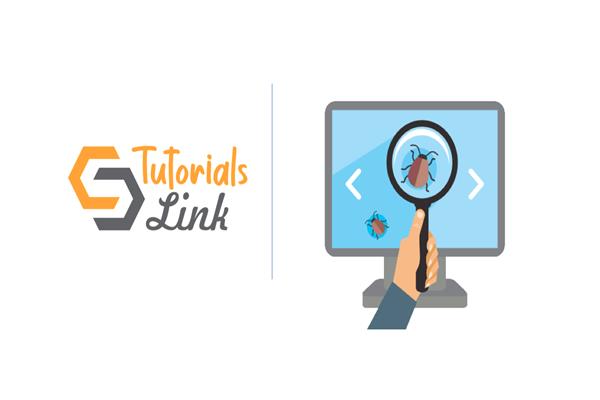Explain the difference between Scrum and Agile | Agile Methodology Tutorial
Explain the difference between Scrum and Agile | Agile Methodology Tutorial
In this article, you will understand the difference between scrum and agile.
Agile: It is a repetitive approach to software development using a short time period of 1 to 4 weeks. Due to the agile methodology, the development process is committed to delivering the changing business requirements. With the help of agile methodology, the software is delivered with faster and fewer changes in the product.
Scrum: It is a framework of agile that helps the agile team to work hand-in-hand. With Scrum, the team can develop a sustainable complex product within a short period of time. It motivates the team to learn and practice self-organization while working on the problem. It gives more priority to continuous delivery and customer feedback.
Agile
- Agile follows the iterative process to develop the software.
- In this, the leadership element plays an important role.
- Agile software development is most suitable for large and medium projects.
- Flexibility is the biggest advantage of the agile methodology as it responds quickly to changes.
- It practices in-person communications and collaboration between the members of various different teams.
- It helps in frequent delivery to the end user for their feedback.
- In this process, tasks such as requirement analysis, and design are continuously monitored during the lifecycle.
- The project leader takes care of all the tasks in the agile methodology.
- End-user may give feedback during the development process.
- Delivering and updating is a continuous process.
Scrum
- It is a framework of agile methodology. The incremental builds are delivered to the end user almost every 2 to 3 weeks.
- They are self-organized and cross-functional teams.
- Scrum is used in projects where the requirements are changed frequently.
- In comparison to agile, they are more rapid. So the chances of frequent change are very less.
- No need to make changes frequently while implementing the scrum process.
- After completion of each sprint, the build is delivered to the customer to get feedback.
- There is no project leader, so the entire team handles the issues.
- Design and execution can be innovative and experimental.





